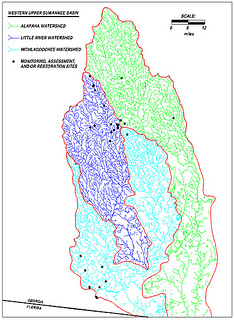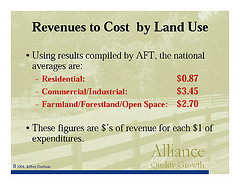This AJC op-ed is about coastal wetlands, but much of it applies to wetlands such as cypress swamps and streams in Lowndes County and the rest of central south Georgia, especially since our state water plan for the Suwannee-Satilla Region points us at County-Level Population Projections from the Governor’s Office of Planning and Budget that project 45% growth in Lowndes County population in 20 years to 156,650 people by 2030, which means near doubling in 30 years to 2050. -jsq
David Kyler wrote for the AJC 29 December 2006, “Plant the seeds for viable coastal future”,
Continue readingRecent population projections for the Georgia coast issued by
Georgia Tech say nothing new. We’re growing at almost 20 percent a decade, meaning a near doubling every 35 years.
The Center for a Sustainable Coast projected a population of about 1 million by 2030 for the 11 counties in the coastal region as defined by the Department of Natural Resources, somewhat higher than the 844,000 predicted by Georgia Tech. This compares with a population of 538,469 reported in the 2000 Census report.
But the accuracy of projections is not the point. Increased population will result in more land clearing and environmental disturbance than in the past—there will be larger homes, bigger lots and fewer people per household.
National studies show up to twice as much land is

